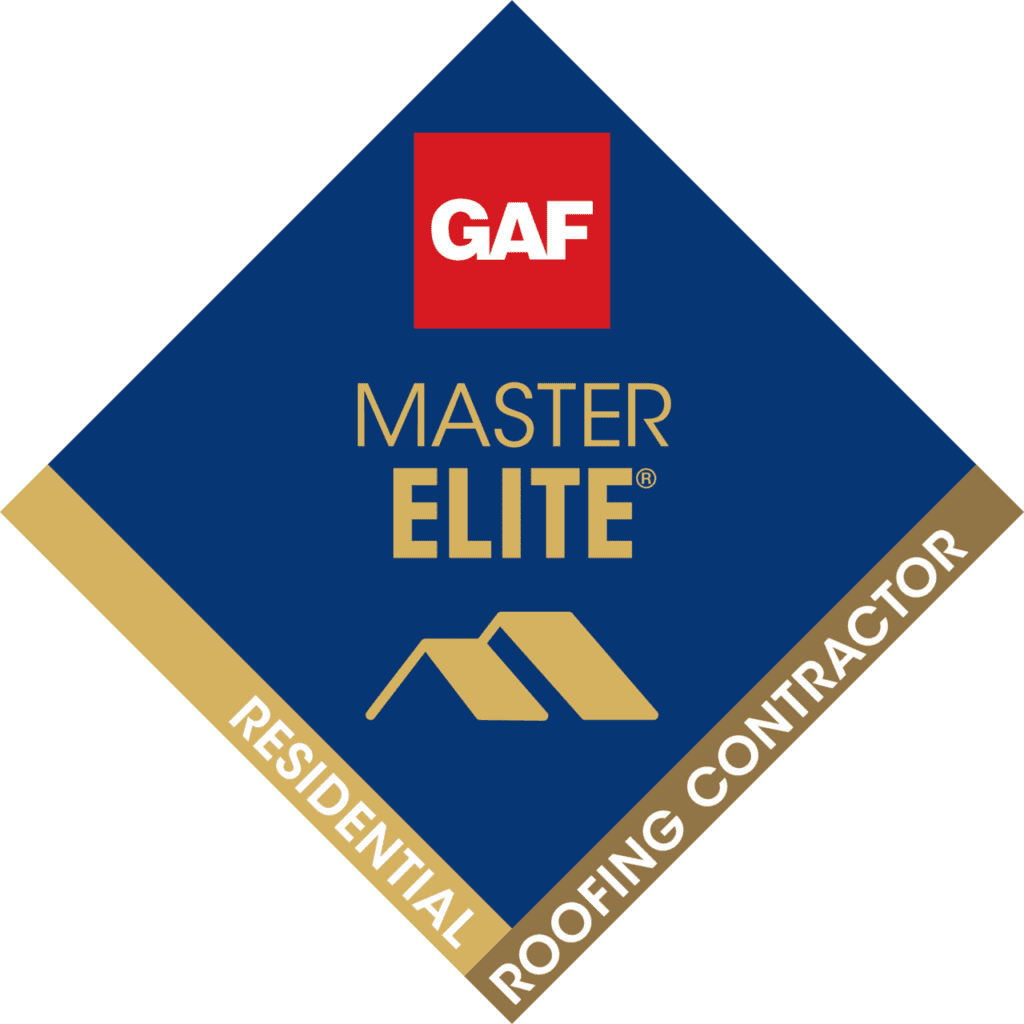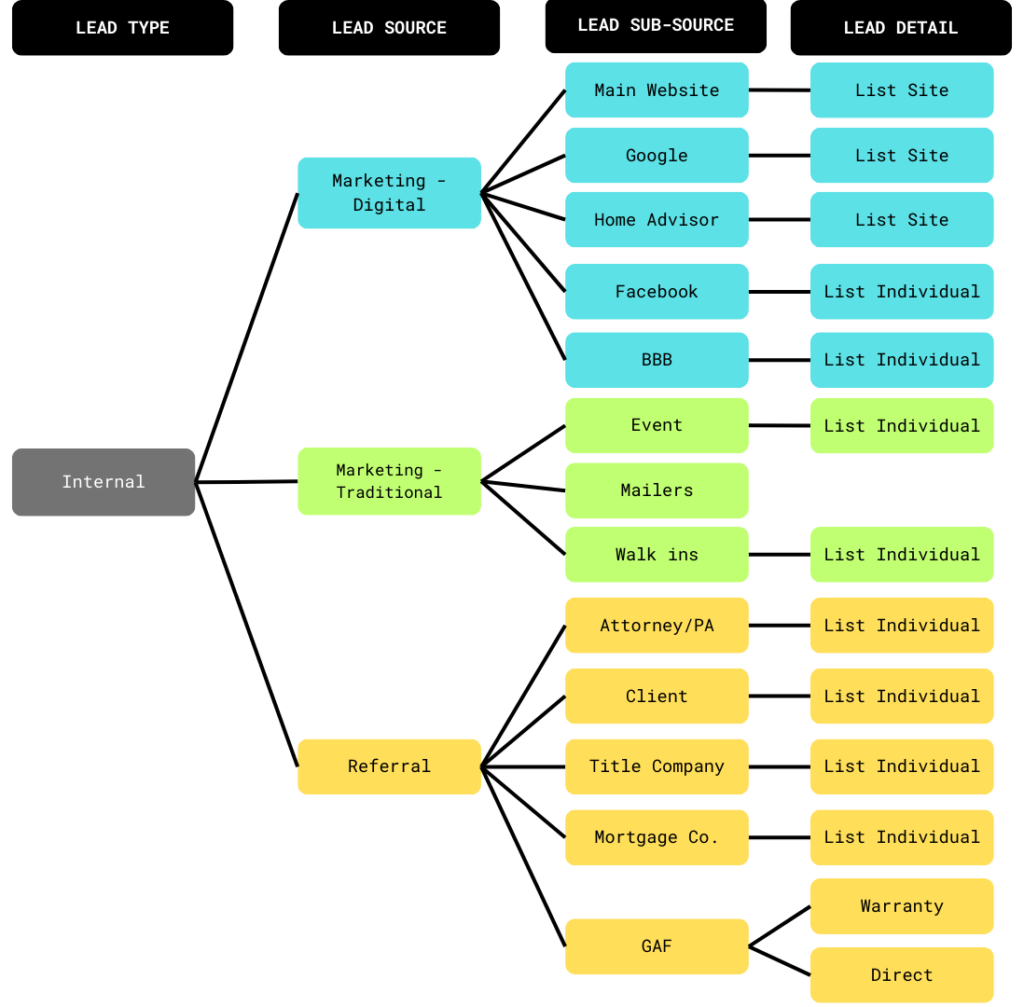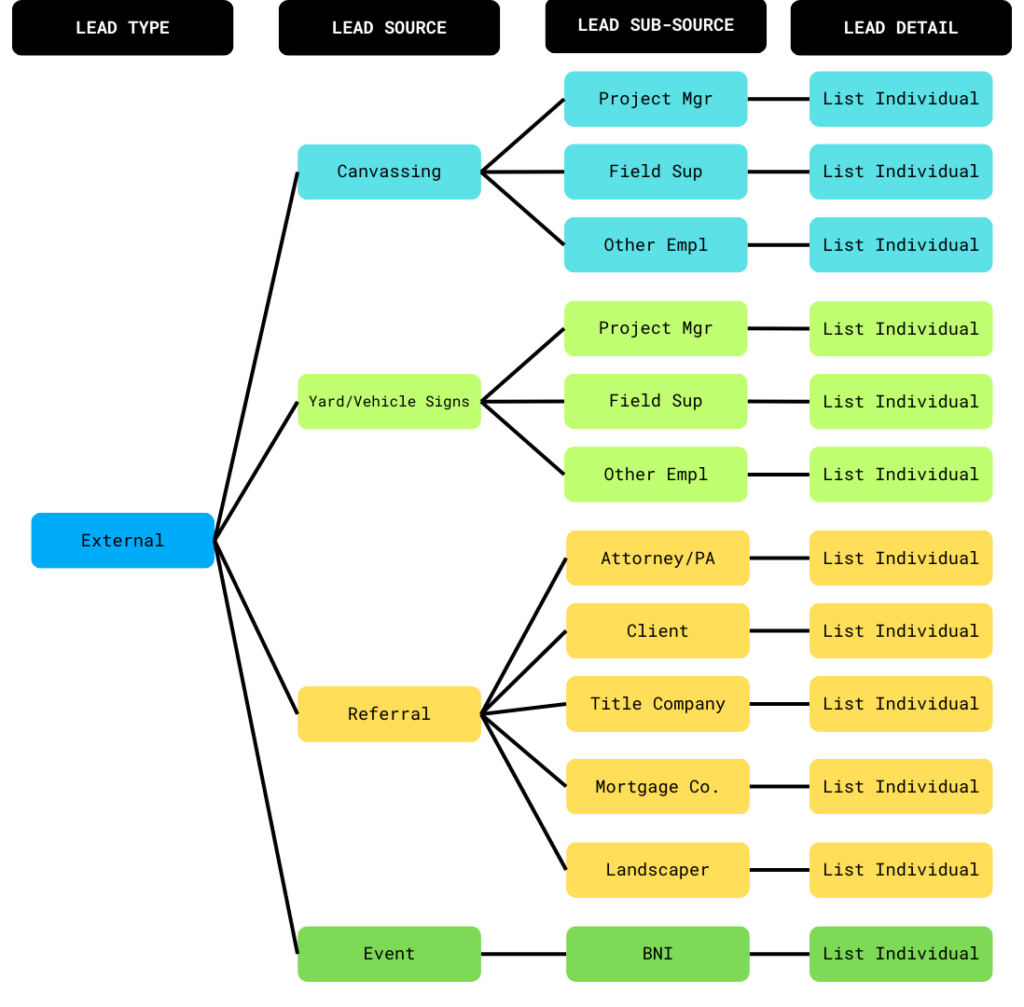Safety Equipment For Steep Pitches
Any reputable roofing contractor is going to abide by the highest of safety standards at all times, but when tackling a steep-roof job, there are some additional precautions and tools involved. Scaffolding and rappelling gear will be needed, while connecting certain tools to a bungee cord might be recommended.
A shovel may be the best tool for lifting old shingles up and tearing them off the roof decking. Having additional ladders that are long and sturdy, and using roof jacks to hold up 12-foot long stages are also best policy.
Ordinary safety gear you would use on any job, such as non-slip boots, flexible yet extra-tough gloves, and protective eyewear become all the more crucial on these types of roof projects.
Steep-roof Roofing: Step By Step
The first step is to set up ladders, scaffolding, and other safety equipment and to lay down plastic tarps near the building’s edge where shingles will be tossed. Then it’s time to systematically tear off all the old shingles. Note that it is never a good idea to just “go over” old shingles as this will weaken and shorten the lifespan of your new shingles.
Scaffolding and roof jacks may have to be relocated several times across the course of the job since it is unsafe to simply walk steep roofs without anything supporting you or guarding against a possible slip or fall. This adds to the labor and risk and thus the overall cost.
The roof decking must be stripped bare and cleared of old nails. If any plywood is rotted out, missing, or weak, it must be replaced. Then, you lay down the flashing, water guard in the valleys, and felt underlayment like with any other roof. Note that steep roofs do have one big advantage: they are much less likely to leak than their shallow-pitched counterparts..
A chalk line will normally have to be used to ensure shingle rows are kept on target all the way up the roof. This is especially important with steeper roofs since shingles could slip down easier – an absolute reference point in a chalk mark will keep things on target. (Other than the pitch slowing things down a little, there is no major difference to how the shingles are attached and arranged with steep roofs.)
Choosing The Right Contractor
While the same basic process is involved for steep and shallow pitched roofs, the fact is, steeper roofs involve more risk and take some getting used to. That’s why it makes sense to use a roofing contractor who is already fully familiar with how a high pitch will affect the work.
Things are bound to go smoother and safer, and you can likely get a lower price with a well-seasoned steep-pitch roofer.
For a free, no-obligation roofing consultation and quote on your upcoming project, contact Sheegog Contracting in Central Florida today!






